With a spike in renovations and passion projects popping up all over Australia, it’s worth knowing how to add value to your property or home while you’re at it.
It’s no secret that we’re spending more time at home, and so it makes sense that a great deal of us are looking to improve our key spaces. Whether you are looking at selling in the near (or distant) future, when it comes to improving the overall value of your home or property, large investments on your behalf aren’t generally necessary in order to produce big dividends in the long term.
Are there solutions that are offered a guaranteed return? Some yes, others no – it often boils down to budget, location and the general style of the property. However, here are some key points to note if you’re about to give your home a facelift.
Eight Ways To Increase Your Home’s Value
1. Adding An Ensuite
If your home only has one bathroom, this can be a deterrent for potential buyers. Ensuite’s are becoming very common amongst homes in Australia, and adding one to your home will definitely increase its value.
2. Outdoor Living Spaces
Let’s face it, Aussies love a good barbeque. We’re not saying that you need to add a whole outdoor kitchen space, but it gets really hot Down Under in the summer months and how we live does change. Investing in a shaded deck, day bed and even an outdoor fan can go a long way.
3. Granny Flats Are Back
On auction day, this can add enormous value to an established home. Granny flats aren’t considered to be “daggy” anymore – their uses can range from an extra income, home office, teenage retreat, and even an independent home for elderly parents. The best part is that they are often a cheaper space solution than most initially think.
4. Refresh With Paint
When it comes to spending a little to achieve big results, a cosmetic facelift like a fresh coat of paint can work wonders to lift the mood of a home as well as modernising a space. Tackle one room at a time, and pay attention to colour palettes that offer longevity over fads or trends.
5. Presentation Over Location
People will travel for the right abode – how many times do we hear the phrase “up and coming area”? Whether it be installing a white picket fence, finishing’s or even furniture – the styling of a space has been proven to lift a home’s value, with a whopping 87% of real estate agents agreeing that styling plays an important role in resale value.
6. Kitchen Finishing’s
While the costs for a basic custom kitchen (including plumbing, electrical and tiling) can start from as little as $10, 000 – if you aren’t willing to spend that much, consider updating your splash back, handles and even the colour of your cabinets. Kitchens are one of the most important spaces that potential buyers look at first.
7. Storage And Functionality Solutions
This is especially relevant if your home is on the smaller side. Are the room functions rigid, or are they flexible. An example of this is a home office that also doubles as a spare room. Paying attention to storage solutions and a room’s efficiency can net a wider range of potential buyers.
8. Don’t Forget The Garden
If your interior is immaculate but the outdoor section didn’t get the same love, then the overall renovation isn’t going to have quite the same level of impact. Your garden shouldn’t require too much maintenance for potential buyers, but should also be warm and inviting. Ensure that pavements are clean, and debris is cleared before viewings.
Help! I Need Finance For My Renovations
The multi-award winning team at Madd Loans pride themselves on making mortgages and the finance realm fun. With a customer satisfaction rating of 98%, Madd can help to simplify the loan process in order for you to reach your finance goals faster. If you’re looking for tips on how to add value to your property, or weighing up options to fund your home renovation dream, book an appointment with George and the team today.





